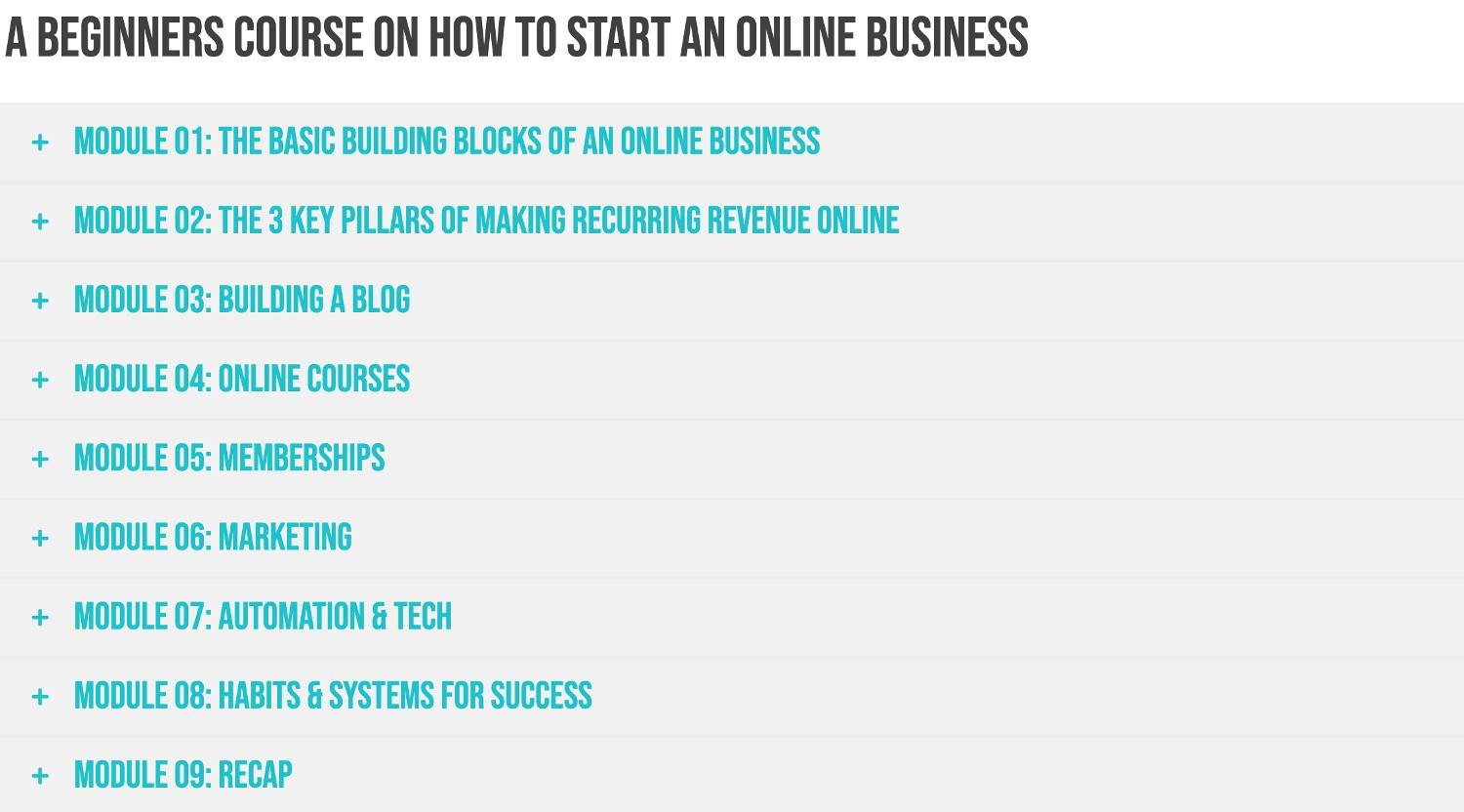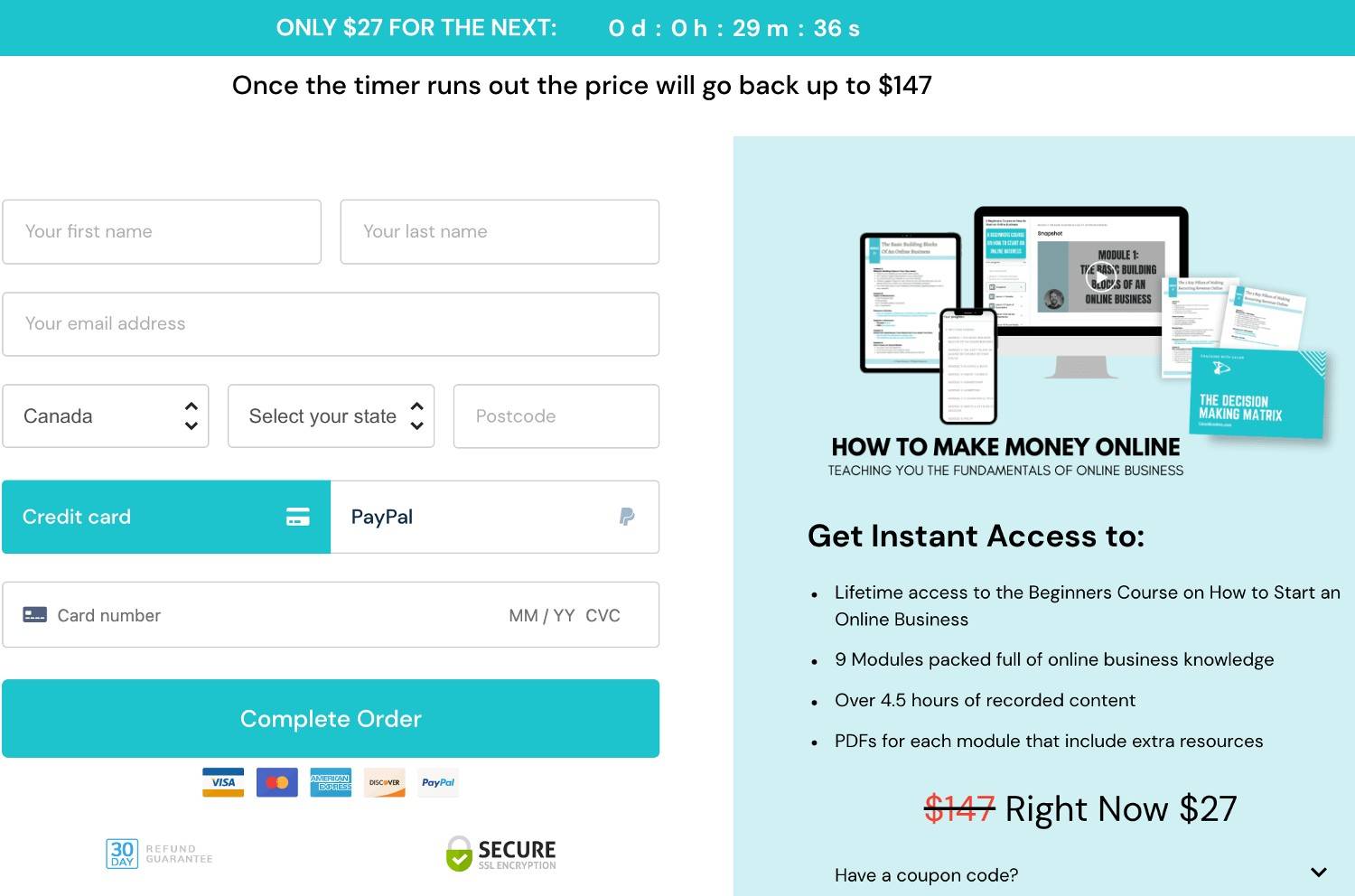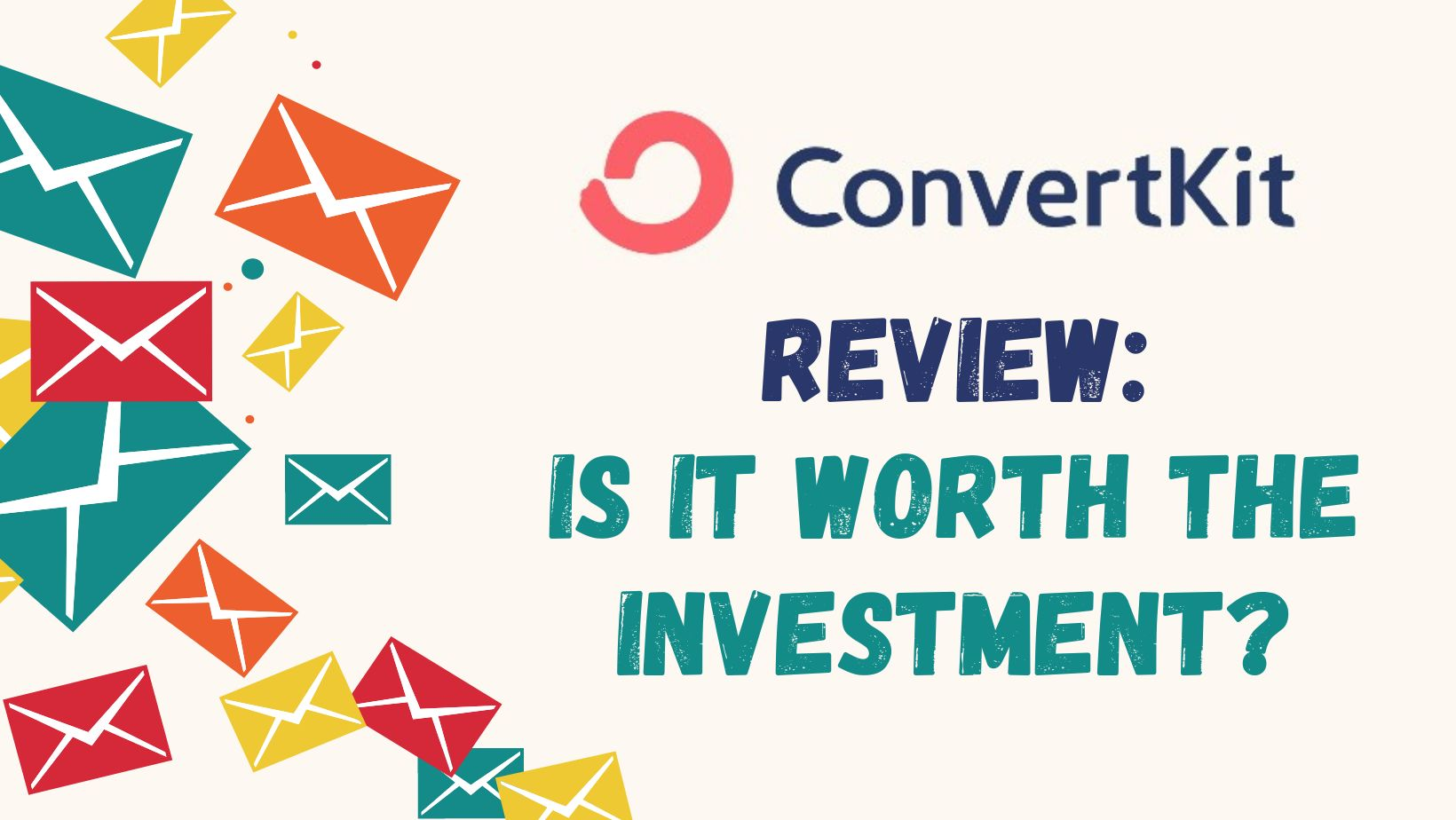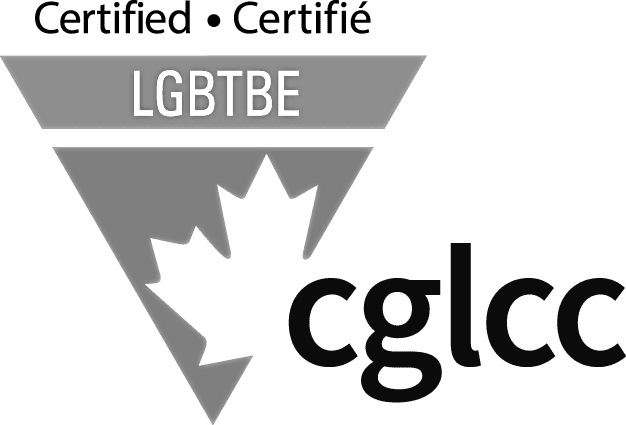Calan Breckon • Published June 14, 2023
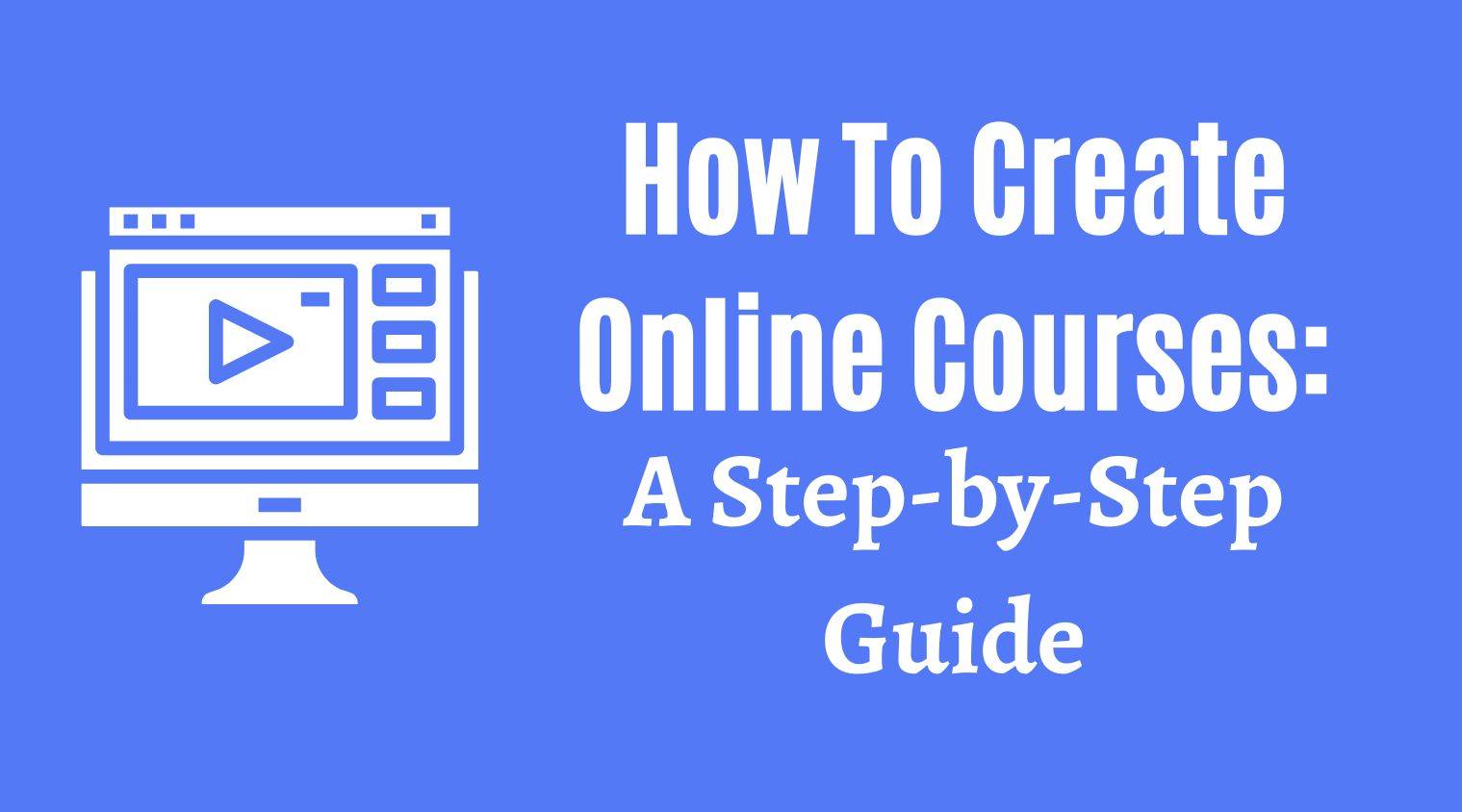
Imagine creating a successful online course that not only generates income but also impacts the lives of your students. The opportunities are endless, and with the right guidance on how to create successful online courses, you can create a course that leaves a lasting impression on your audience.
In this step-by-step guide, I will walk you through the entire process of creating an engaging, in-demand online course that stands out from the competition.
Short Summary
Identify your course topic by assessing expertise & passions, researching market demand and determining the depth & target audience.
Set pricing tiers and create a marketing strategy to attract students.
Track key metrics for success and implement continuous improvement for optimal learning experience.
Identifying Your Course Topic

Choosing the right topic for your online course is crucial. A specific, in-demand topic that aligns with your expertise will not only attract students, but also set the foundation for a successful and profitable course too. Remember, your credibility and industry insight play a significant role in your course’s success.
So, how do you identify the perfect course topic? Begin by assessing your own expertise and passions. What are your strengths, and where do you have practical experience? Consider the common problems people face in your field and how you can help them overcome these challenges.
Analyzing market demand is also crucial. Research popular course topics on social media, online course marketplaces, and relevant communities to gauge interest in your potential course idea. Finally, determine the audience of your course to ensure it caters to their specific needs.
Assess Your Expertise
Your level of expertise in the chosen course topic significantly impacts the success of your online course. To assess your expertise, consider both your educational background and practical experience in the subject matter. Your understanding of instructional design and tech skills are also crucial in delivering a well-structured course that is easy to follow.
Having industry insight, credibility, and a good reputation in your field will make your course more appealing to potential students.
Analyze Market Demand

Once you have identified a potential course topic based on your expertise, it’s essential to analyze the market demand. High demand for a topic means that there is a greater chance of attracting students and achieving profitability.
So, where do you start?
Begin by researching popular course topics on social media, course marketplaces, and relevant communities such as Facebook groups. Tools like Google Trends, Udemy, and looking through courses on Thinkific can also provide valuable insights into trending topics.
Creating a minimum viable product (MVP) version of your course is an effective way to validate market demand. This could be in the form of a mini-course or a free webinar. This allows you to gather feedback and fine-tune your course idea before investing more time and resources in the full course.
Determine Course Depth
Determining the depth of your course ensures that it is tailored to your audience’s needs. Consider the level of complexity the course should have, starting with basic concepts and gradually moving to more advanced topics.
Additionally, identify the primary learning outcome of the course and use it to guide the course structure. Clearly stating the learning objectives on your sales or landing page also helps potential customers understand the benefits they will gain from your course, making it more appealing.
If you want a better idea of what I’m talking about you can check out the landing page for my Beginners Course on How to Start an Online Business. I follow the training of Amy Porterfield because she is the queen when it comes to online courses.
Defining Your Target Audience

Understanding your target audience is crucial for tailoring your course to their needs and preferences. By defining your audience, you can create content that resonates with them, leading to higher engagement and satisfaction levels. This, in turn, results in a more successful and profitable online course.
To define your audience, begin by conducting audience research. Explore social media platforms and online communities relevant to your course topic to gain insights into the preferences and needs of potential learners. Use this information to create buyer personas or ICA’s (Ideal Customer Avatars), which are detailed profiles of your ideal customers. These personas will help you understand your audience better and tailor your marketing strategies to their needs, ultimately increasing sales and leads.
Conduct Audience Research
Gathering information about your target audience’s preferences and needs is essential for creating an engaging and effective online course. Some methods to conduct audience research include monitoring discussions on social media platforms, sending out surveys, and reaching out to people in your network who fit the profile of your potential customers.
Analyzing this data for patterns and trends will help you gain valuable insights into your target audience’s needs and preferences, ensuring that your course content resonates with them.
Create Buyer Personas

Creating buyer personas (ICA’s) helps you better understand your target audience and tailor your course and marketing strategies to their needs. To create buyer personas, collect data on factors such as age, gender, location, income, interests, values, and lifestyle.
Use this information to build detailed profiles of your ideal customers. These personas will enable you to create content and campaigns that are specifically tailored to your audience, increasing the likelihood of attracting and retaining students.
Try and create at least 3 different ICA’s that you think would fit well with the course you want to develope. You’ll need all of this information when it comes to marketing to your different personas.
Organizing and Structuring Your Course

A well-organized and structured course is easier to follow and leads to better learning outcomes. By developing clear learning outcomes, creating a detailed course outline, and implementing interactive elements, you can ensure your course is engaging and effective.
Start by developing learning outcomes that guide the course structure. These outcomes should be specific and measurable, ensuring that every part of the course has a clear objective and helps students stay focused on their progress.
Next, create a course outline that breaks down the body of knowledge into individual, learnable pieces. This allows students to track their progress and see how much they have achieved throughout the course.
Amy Porterfield teaches in her Digital Course Academy program to do a post-it party and write out all of your ideas on post-it notes. Once you get them all out you can begin to organize them in groups that make sense and you can also flush out any that can be combined with others.
Develop Learning Outcomes

Developing learning outcomes for your online course is crucial for guiding the structure and ensuring that the content is focused on the learners’ progress. These outcomes should be specific, measurable, and achievable, clearly stating what students will be able to do after completing the course.
Having well-defined learning outcomes also helps you create a course outline that is easy to follow and ensures that the course material is effectively conveyed.
Create a Course Outline
Creating an online course outline ensures that your course is well-structured and easy to follow. The outline should list the topics to be covered, the order in which they will be presented, and any activities or assessments to measure student progress.
Start by identifying the essential skills your students need to achieve the desired learning outcome and group related skills together to create effective modules within the outline. Arrange the course outline based on the complexity of the skills, starting with the basics and progressing to more advanced topics.
Group similar skills together to create steps that lead to the desired learning outcome, ensuring a clear and logical structure. This well-organized outline will provide a roadmap for both you and your students, making the learning process more efficient and enjoyable.
Implement Interactive Elements
Incorporating interaction in your online course enhances the learning experience and keeps students engaged. This can include quizzes, discussion forums, and group activities that encourage learners to apply their knowledge and collaborate with others.
By providing opportunities for students to actively participate in the learning process, you increase the likelihood of them retaining the information and achieving the desired learning outcomes.
Choosing the Right Platform for Your Online Course

Selecting the right platform for your online course is essential, as it impacts the overall learning experience for your students and your ability to manage the course. With numerous platforms available, each offering different features and pricing options, it’s crucial to choose the one that best suits your needs and preferences.
Some popular online course platforms include ThriveCart (my personal choice of platform), Searchie, LearnWorlds, Thinkific, Podia, Teachable, and Kajabi.
Compare Platform Options
I’ve written a whole article on the 15+ Best Platforms to Create and Sell Online Courses that I suggest you check out before making your choice.
When selecting a platform to create an online course with, consider the features it offers, such as content delivery, marketing tools, and integration capabilities. Also, take into account the ease of use and the level of support provided by the platform to ensure a smooth experience for both you and your students.
Consider Platform Integration
Integrating different platforms can streamline the online course experience, making it more efficient and enjoyable for your students. However, platform integration can also present challenges, such as ensuring accurate data transfer and compatibility between platforms.
When considering platform integration, evaluate the benefits and challenges of combining various platforms and make sure that the integration process is secure and well-managed. By carefully planning and implementing platform integration, you can enhance the overall learning experience and make managing your online education course more efficient.
I intergrate a bunch of different tools with my course platform ThriveCart. I have it connected to ConvertKit for email marketing, Stripe and PayPal for payments, and Searchie for hosting my video lessons behind a paywall so no one else can get access to them. I go more in-depth on my full review on ThriveCart and why it’s the best for creating online courses.
Creating Engaging Course Content
Creating engaging course content is crucial to the success of your online course. Diverse and captivating content caters to different learning preferences and keeps your students interested throughout the entire course itself. By selecting appropriate media formats and developing a content production schedule, you can ensure that your content is engaging, memorable, and effective.
Start by exploring various media formats, such as text, audio, video, images, and animations. Each format has its benefits and can be used to enhance the learning experience. Consider the type of content, your target audience, the platform, the budget, and the timeline when selecting media formats. By combining different formats, you can create a dynamic and engaging learning experience for your students.
This is why I really like using Searchie for hosting my video content because it automatically transcribes everything in your videos and makes it searchable within the video. This makes it super easy for your students to go back to a video and search a specific topic or word you said. It also adds more value for your students by making the content more accessible with closed captioning.

Develop a Content Production Schedule
Developing a content production schedule ensures timely content creation and delivery. A well-planned schedule allows you to manage your resources effectively and maintain a consistent output of course material. Consider factors such as the quantity of content to be produced, the resources at your disposal, and the time frame for content delivery when creating a schedule.
Don’t forget to factor in holidays or other events that may impact your timeline. By following a content production schedule, you can streamline the online course creation and process and ensure that your students receive high-quality course material in a timely manner if you’re delivering your course live.
If you create an online course that is all pre-recorded then you still need to follow a content development schedule. I like using Asana to schedule out all my days. It made it really easy to stay on track with what I needed to get done and what was coming up when I was creating my course.
Pricing and Marketing Your Online Course
Pricing and marketing your online course are crucial factors in attracting students and achieving profitability. By setting pricing tiers and developing a marketing strategy, you can effectively promote your course and reach your audience.
Start by setting pricing tiers for your course, giving customers different options depending on their budgets and needs. This allows you to cater to a broader audience and increase your revenue.
Next, develop a marketing strategy that includes promotional content, email marketing campaigns, and social media outreach. This will help you reach your audience, and ultimately attract more students to your online course.
Email marketing is still one of the BEST ways to make sales in today’s market and there has been a flood away from social media and back to email marketing because the numbers consistently show better ROI (return on investment).
You HAVE to invest in your email marketing if you want to create an online course that becomes successful.
Set Pricing Tiers
Setting pricing tiers for your online course provides customers with different options based on their budget and needs, ultimately increasing your revenue potential. Not everyone does this (I don’t do this) but I’ve seen a lot of successful people do it. I’ve even seen one coach who offers a “pay what you can” tier for her course.
Consider factors such as the value of the course, your audience, and the competitive landscape when setting your pricing tiers. By offering various pricing options, you make it easier for customers to find the best option for them and increase the likelihood of attracting and retaining students. At the end of the day, do what feels right to you.
Develop a Marketing Strategy
Developing a marketing strategy to sell online courses is crucial for reaching your target audience and promoting your course effectively. Start by identifying your audience and their preferences, and tailor your marketing approach accordingly.
Use promotional content, email marketing campaigns, and social media outreach to generate leads and attract potential students. By implementing a well-planned marketing strategy, you can increase your course’s visibility, attract more students, and ultimately boost your course’s success.
Some great ideas for marketing online courses are being a guest on a podcast, paid ads, getting friends to share your course on social media or with their email lists, starting your own podcast and promoting your course there. Go wild with trying things here. You never know what’s going to stick.
Measuring and Improving Course Success
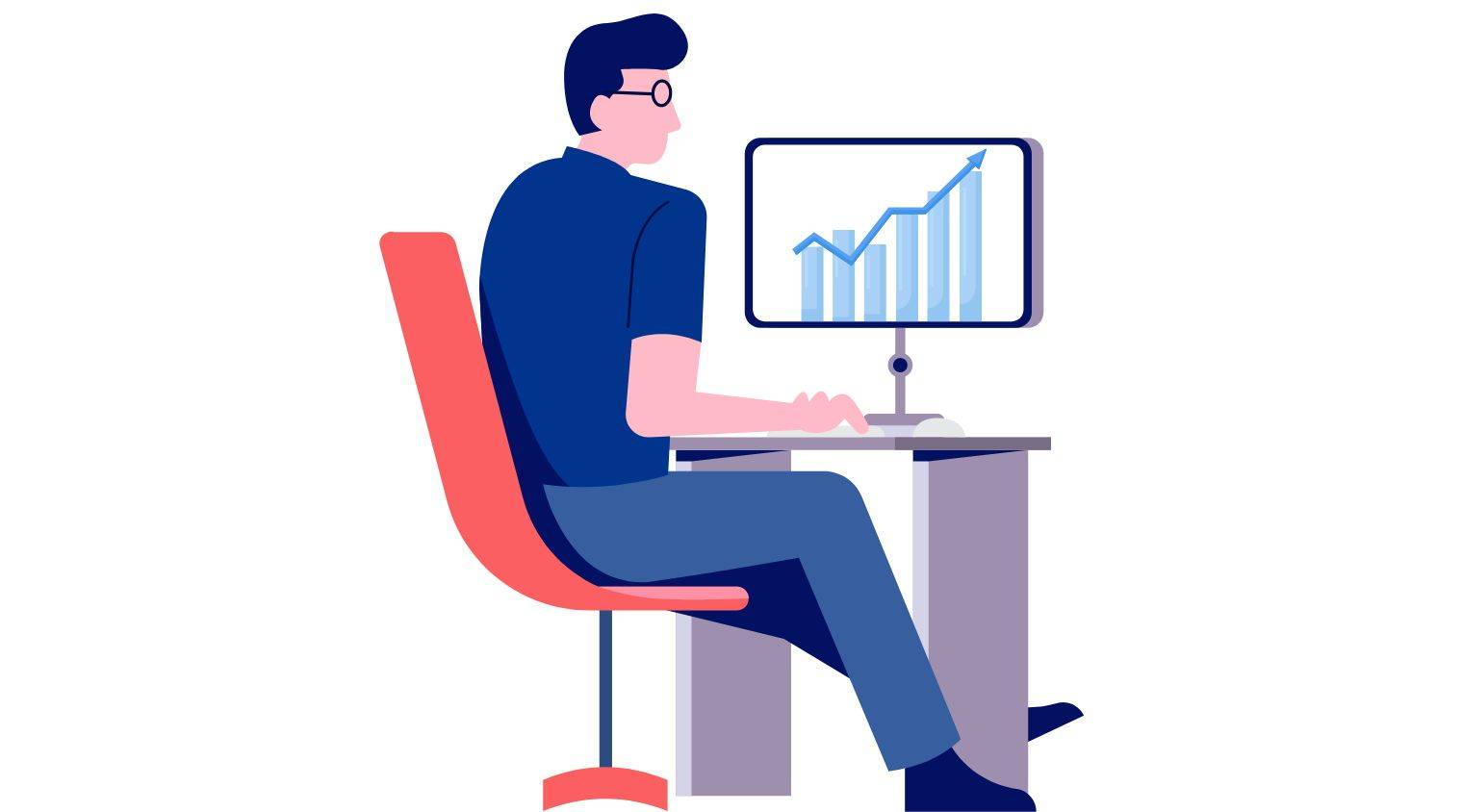
Measuring and improving course success is essential for ensuring that your course material is effectively conveyed, and your teaching methods are engaging and productive. By tracking key metrics and implementing continuous improvement, you can enhance your course’s quality and adapt to the changing needs of your learners.
Track Key Metrics
Track key metrics, such as video watch rates, email opens, and course completion rates, to measure the success of your course. This data allows you to make informed decisions for improvement, ensuring that your course remains relevant and engaging.
Implement continuous improvement by regularly updating your material and incorporating feedback from your students. This helps you stay ahead of the competition and continuously enhance the learning experience for your students.
I give lifetime access to my first course on how to make money and create passive income which is a huge value to my students because every time I update the course they get a notification and it strengthens that relationship.
Implement Continuous Improvement
Implementing continuous improvement is vital for enhancing the quality of your online course and adapting to the changing needs of your learners. Regularly update your online course software and material and incorporate feedback from your students to ensure that your course remains relevant and engaging.
By continuously refining your course content and teaching methods, you can stay ahead of the competition and provide a better learning experience for your students. Remember, the key to creating online courses that are successful is to always be willing to learn, adapt, and improve your teaching methods and content to cater to the ever-evolving needs of your students.
Summary
In conclusion, creating a successful course involves identifying a specific, in-demand topic, understanding your target audience, organizing and structuring your own online course, choosing the right platform, creating engaging content, pricing and marketing your course, and measuring and improving its success. By following the step-by-step guide outlined in this article, you can create an engaging, profitable online course that stands out from the competition and makes a lasting impact on your students. Now it’s your turn to embark on the exciting journey of creating your own successful online course and sharing your knowledge and expertise with the world.
Frequently Asked Questions
Creating an online course is easy! Simply create a free account in an online course platform, get a custom domain or a free URL, select your course website’s colors and setup the course page homepage.
Then use a course builder tool to start creating your first online course. With these steps, you can get started with your free online course!
Yes, you can make money creating and selling online courses. It requires a methodical approach and serious effort, but it’s possible to earn a significant amount of money with your profitable online courses.
With modern platforms, you can quickly launch your course and start making money right away.
The cost of creating an online course can vary depending on the amount of labor and equipment required, but it usually falls between $200 and $10,000. If you are taking the DIY route and not hiring anyone else to do the work, then the expenses will be much lower, as the main cost is your time.
Overall, the average cost for creating an online course can be quite affordable.
Creating an awesome online course that doesn’t have to be complicated. By following these nine steps, you can create your own online course.
Choose a topic, research your market, select a course curriculum and a format, test for demand, pre-sell the course, create an outline, set pricing and sales goals, choose a platform, and promote your course.
